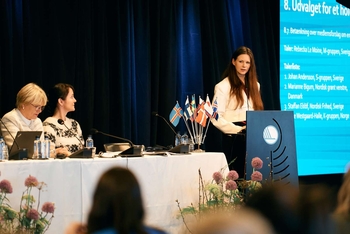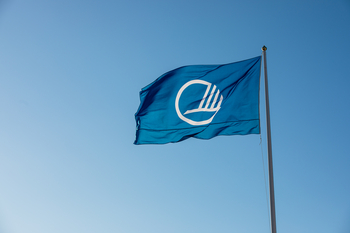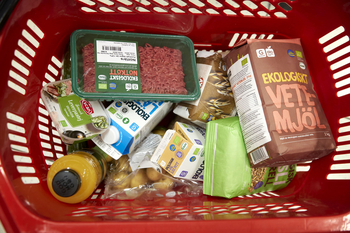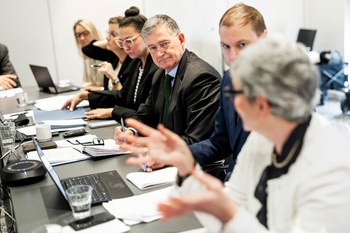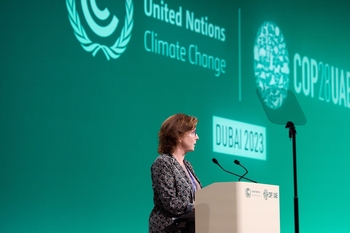Nordic region to increase rate of plastic recycling – new reports and guidelines from the Nordic Council of Ministers
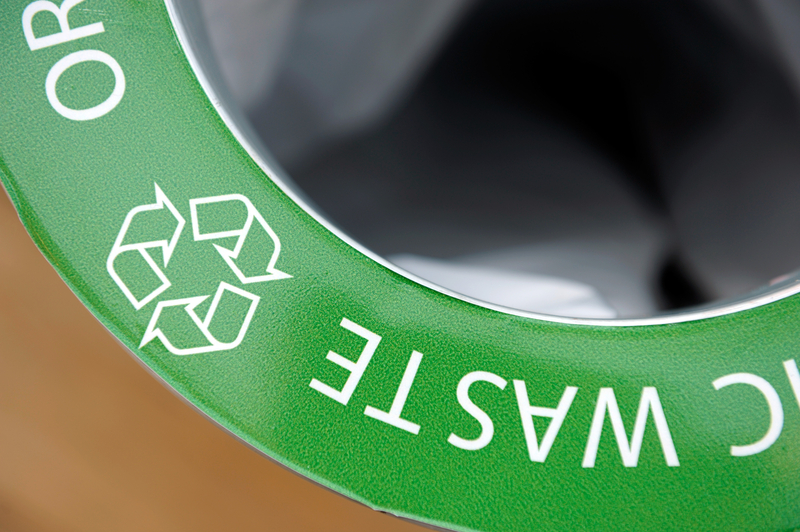
Each year, around 700,000 tons of plastic is thrown out with household waste in the Nordic countries, mostly plastic packaging that is not separated from the waste stream, and is therefore either incinerated or landfilled.
Nordic experts have developed "Guidelines to increased collection of plastic packaging waste from households". The guidelines describe how the collection systems in the Nordic region could be improved in order to increase recycling of plastics from households.
The solutions vary from country to country, but a common feature is that they make it easier for the consumer to sort and dispose of plastic waste. Kerbside collection is identified as the most effective system to increase plastic recycling rates.
- We need to become better at collecting, sorting and recycling plastic waste from households, says Sanna Due-Sjöström, Head of the Nordic Waste Group (NWG) under the Nordic Council of Ministers.
- The secondary plastic material must be of a good enough quality to substitute virgin plastics.
Recycling and value chains
Recycling centres play an important role in plastic waste collection, and more and more types of plastics are collected separately.
The report "Guideline for sorting of plastic at recycling centres" helps the recycling centres improve the collection of plastics in order to obtain larger quantities in better quality, as well as to avoid harmful substances in the recycled material.
These are important aspects of cost-effective and environmentally sound recycling of plastics.
Electrical and electronic waste also represents a potential for increased recycling of plastics. After metal, plastic is the most common material used in electronics production, but only around 25% of the plastic is recycled.
The project "Nordic Plastic Value Chains – Case WEEE" identifies five priorities to increase this share, including traceability, technology issues and better control of illegal recycling and exports of electronic waste.
All three reports conclude that increased recycling of plastic waste requires involvement from throughout the value chain. Producers need to think recycling into their design, consumers need to become more involved in sorting, and collection and sorting systems need to be optimised.
- By recycling half of our plastic waste, we could save CO2 corresponding to the emissions from all cars in the Nordic capitals, says Due-Sjöström.
- This would be of great benefit to the environment.
Reports and policy briefs
All reports are part of the Nordic Prime Ministers' green growth initiative.
Future solutions for Nordic plastic recycling
Plastic sorting at recycling centres: Background report
Plastic value chains – Case WEEE – Waste Electrical and Electronic Equipment: Part 2 report
Policy brief - Nordic plastic value chains: Case WEEE (Waste Electrical and Electronic Equipment)
